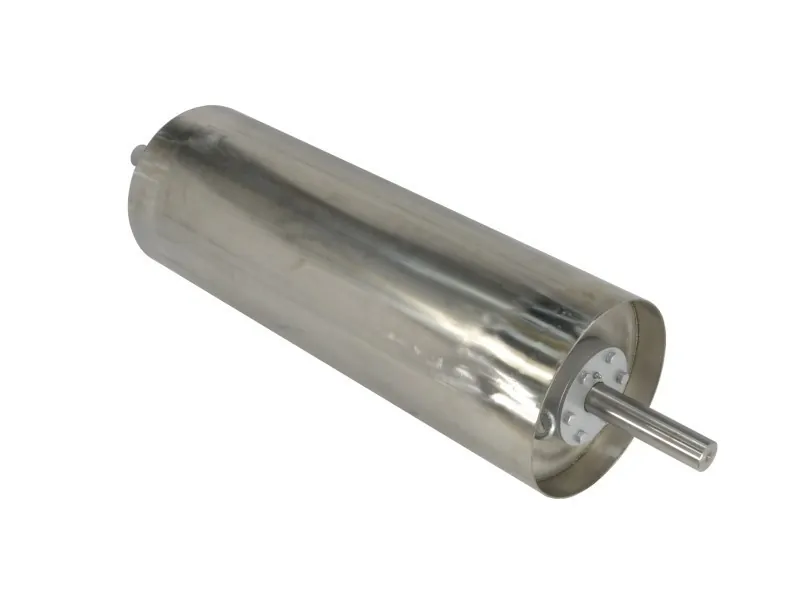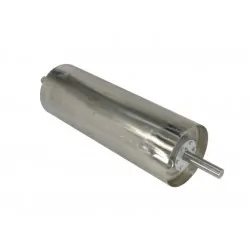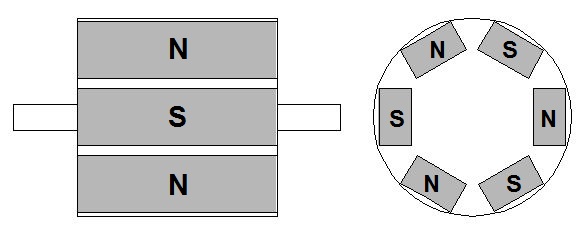- Out-of-Stock



The separating magnetic drum is used to catching ferromagnetic elements from layers of bulk non-magnetic materials. It is mounted in the transport series (usually at the end of the belt conveyor flight). A drum diameter is selected depending on the thickness of the separated layer. This type of separator enables continuously work and can be used for the separation of ferromagnetic elements, such as: nails, screws (to protect vulnerable parts of machines or production lines against the metal parts), in recycling as well as in heavy industry (separation of raw glass, ceramic or metallurgy materials) and food industry (production lines).
On commission we are ready to provide magnetic drums in various dimensional configurations, as well as:
- drums with rotating shaft (as a active shaft)
- drums with rubber coating of drum cladding
- drums with neodymium magnets (for separation of very small parts, the max.working temp. 80°C)
- drums with various arranged magnetic poles.
The housing made of acid-proof steel contains a magnetic system assembled with ferrite magnets. It is the whole outer surface of the drum with six arranged alternately magnetic poles, which is magnetically active (diagram below).

In this version the shaft remains fixed and the drum rotates around it. It is so-called "passive" drum which cannot be used as the drive shaft of the conveyor.
As an example, range of catching for different objects:
paper clips - approx. 190 mm,
steel nuts M6 - approx. 120 mm,
steel nuts M10 - approx. 90 mm,
steel balls Ø8 - 85 mm.
The maximum magnetic field on the surface is approx. 0,164 [T] (1640 [Gs]).
The maximum working temperature is 250 [°C].
Weigh: ~200 [kg]